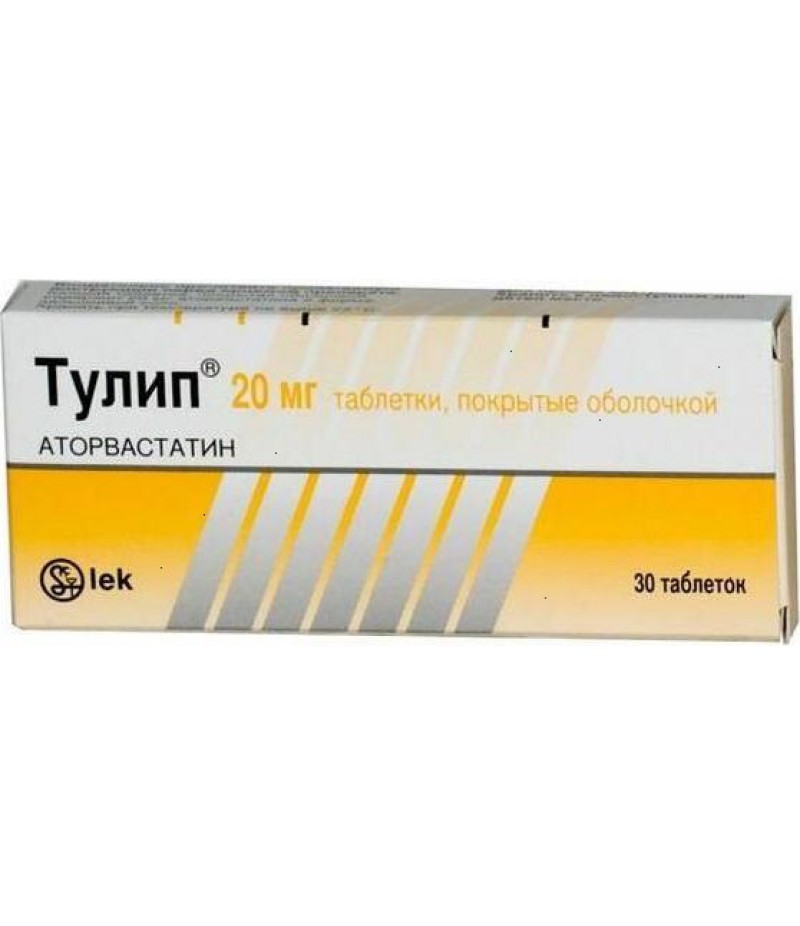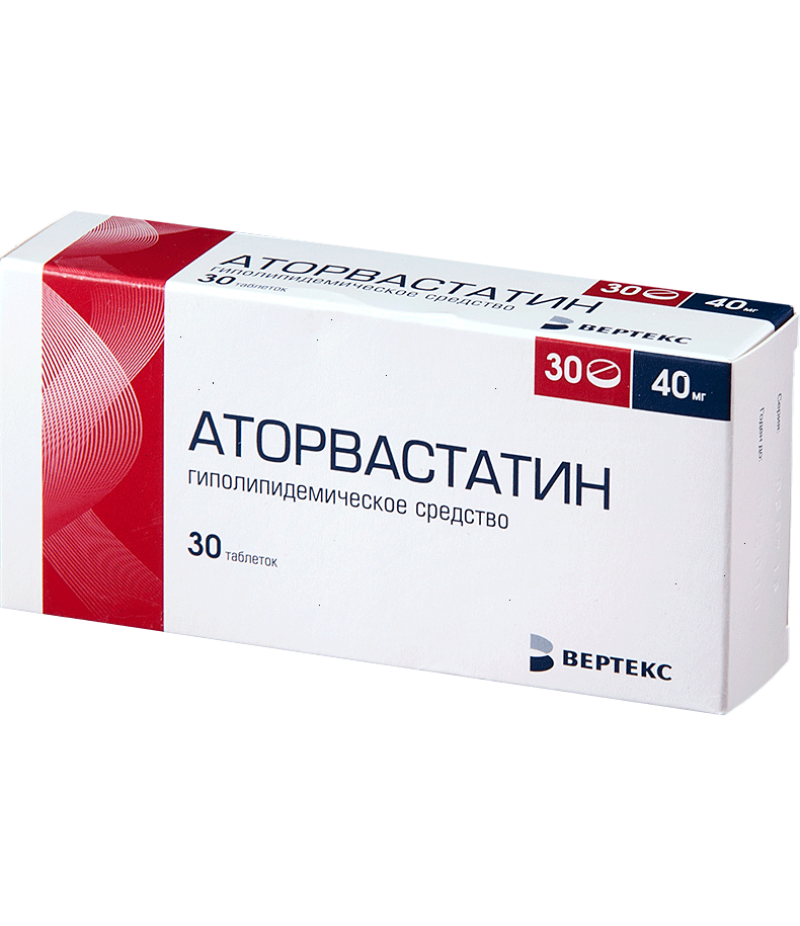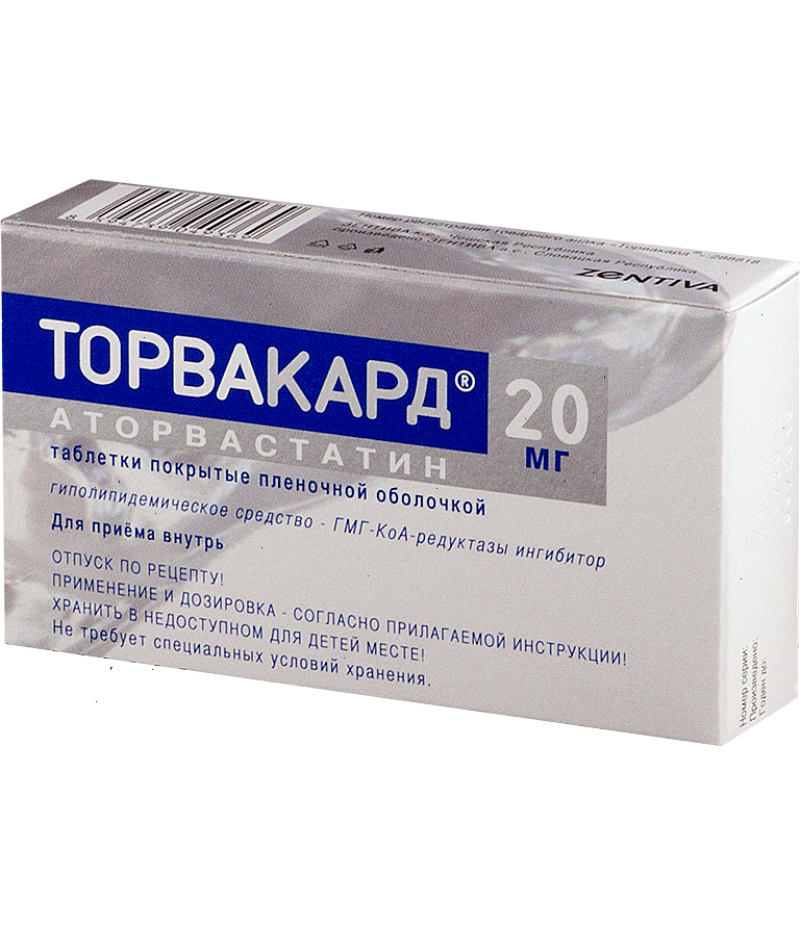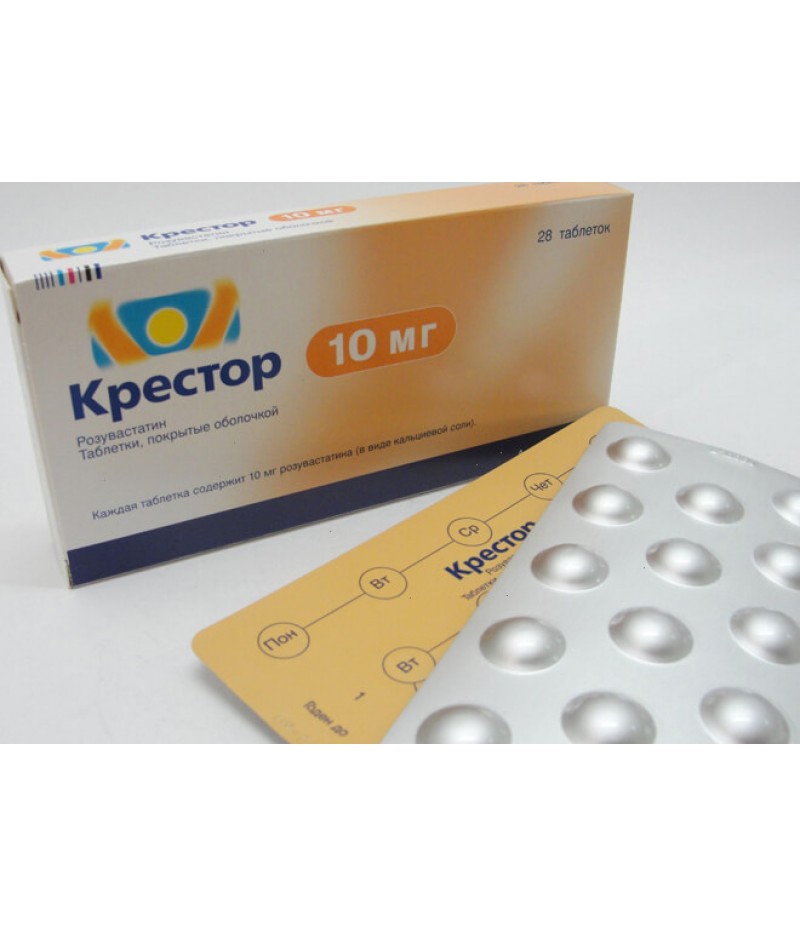Tulip tabs 20mg #30
- $20.57
- 3 or more $20.24
- Availability:In Stock
Tulip user manualReed more and buy Tulip on this pageCompositionIn 1 tablet of atorvastatin calcium 10, 20, 40 mg.Croscarmellose sodium, giprolose, polysorbate, lactose monohydrate, magnesium stearate, magnesium oxide, silicon dio..
Tags: tabs
Tulip user manual
Reed more and buy Tulip on this page
Composition
In 1 tablet of atorvastatin calcium 10, 20, 40 mg.
Croscarmellose sodium, giprolose, polysorbate, lactose monohydrate, magnesium stearate, magnesium oxide, silicon dioxide, cellulose as auxiliary substances.
Form of issue
Tablets in a film shell 10, 20 and 40 mg in a package of 30, 60 or 90 pcs.
pharmachologic effect
Decreased blood lipid levels.
Pharmacodynamics and pharmacokinetics
Pharmacodynamics
Atorvastatin is a selective inhibitor of HMG-CoA reductase, which is involved in the synthesis of cholesterol in the liver. In addition, the drug promotes an increase in the number of receptors - LDL on cells, which entails an increase in the capture and metabolism of LDL. Helps reduce cholesterol, lipoproteins, cholesterol-LDL, apolipoprotein-B.
In patients with hypercholesterolemia (familial, primary) and mixed hyperlipidemia, lowers cholesterol-VLDL and TG.
In a dose of 40 mg, the drug lowers LDL by 50%, cholesterol by 37%, triglycerides by 29%, and apo-B by 42%. Depending on the dose reduces the level of LDL in family hypercholesterolemia, resistant to treatment with other hypolipidemic drugs. The effect appears in the third week from the beginning of treatment, and the maximum effect is achieved in a month.
Pharmacokinetics
Absorption level is high. Cmax in the blood is determined after 2 hours. Lowering the level of LDL cholesterol does not depend on the time of taking the drug (morning or evening). There is a relationship between dose and degree of absorption.
Bioavailability is low -12%, which is associated with the pre-systemic metabolism in the gastrointestinal tract. Relationship with blood proteins 98%. Metabolised in the liver under the action of isoenzymes with the formation of active metabolites. The activity of metabolites lasts 20-30 hours. It is excreted through the intestine. T1 / 2 - 14 hours. In urine, 2% of the dose is determined.
Indications for use
combined hyperlipidemia (type IIb);
familial hypercholesterolemia (as a supplement to the diet);
primary hypercholesterolemia (type IIa).
Contraindications
liver disease;
hypersensitivity;
myopathy;
pregnancy and lactation;
age to 18 years;
lactose intolerance.
With caution is prescribed for hyperthyroidism, arterial hypotension, sepsis, electrolyte balance disorders.
Side effects
Common side effects:
headache, asthenia, weakness, insomnia, paresthesia;
myalgia, pain in the joints and back;
skin rash, itching, urticaria;
peripheral edema.
Rarely encountered adverse reactions:
amnesia, peripheral neuropathy;
hepatitis, jaundice, anorexia, pancreatitis;
convulsions, myositis, rhabdomyolysis;
noise in ears;
angioedema, polymorphic erythema;
hyper- or hypoglycaemia, increased levels of CK in the blood;
thrombocytopenia;
alopecia;
increase in body weight, change in potency.
Tulip, instructions for use (Method and dosage)
The drug is administered orally at any time of the day.
The dose of the drug depends on the level of cholesterol in the patient and ranges from 10 mg to 80 mg per day. The most commonly prescribed 10 mg or 20 mg. Maximum SD of 80 mg.
The level of lipids is controlled every 3-4 weeks and the dose of the drug is adjusted. In patients with impaired renal function, the dose is not adjusted. If the liver function is insufficient, the dose decreases with the constant control of transaminases (ACT and ALT).
Overdose
In case of an overdose, there is an increase in adverse reactions. There is no specific antidote.
Symptomatic treatment is performed.
Interaction
When used with fibrates, erythromycin, cyclosporine, clarithromycin, antifungal and immunosuppressive drugs, nicotinic acid, the risk of myopathy increases.
Inhibitors of the CYP3A4 isoenzyme cause an increase in the concentration of atorvastatin.
Cyclosporin increases the bioavailability and concentration of atorvastatin. Erythromycin, diltiazem and clarithromycin also increase the concentration of the drug. Itraconazole leads to an increase in atorvastatin AUC 3-fold.
Excessive consumption of grapefruit juice causes an increase in the concentration of atorvastatin.
Joint use with efavirenz or rifampicin leads to a decrease in the concentration of the drug.
Antacids reduce by 35% the concentration of this drug.
The hypolipidemic effect when taken with colestipol is significantly higher than that of each drug alone.
When digoxin and atorvastatin are used in high doses, the digoxin concentration increases. Atorvastatin shortens prothrombin time when combined with warfarin. Amlodipine does not affect the pharmacokinetics of this drug.
Terms of sale
To buy Tulip online you don't need a prescription.
Storage conditions
Storage temperature 25 ° C.
Shelf life - 2 years.
Reviews about Tulip
The most effective drugs for the treatment of hyperlipidemia are statins, the effectiveness of which has been proven in clinical studies. In practice, the original preparations and their generics are widely used: atorvastatin (Tulip), simvastatin (Vasilip, Atherostat, Simlo), lovastatin (Choletar). Atorvastatin (Tulip) - a synthetic drug, has a longer half-life than other statins. It has the ability to lower the level of triglycerides. As a result of the use of this drug, a reduction in the frequency of sudden death, myocardial infarction, the need for invasive intervention on the vessels is achieved. It slows the progression of atherosclerosis. Treatment begins with a small dose, gradually increasing it to achieve the target level of lipoproteins.
One of the problems with statin treatment is their high cost, and patients report this. This problem is solved by generics, which include Tulip. The drug is well tolerated, but it is characterized by typical for statins side effects: increased levels of liver enzymes and muscle enzymes (CK). In their responses, patients pay attention to this. If the level of liver enzymes is exceeded 3 times, and the CKF is 5 times higher than the laboratory norm, the drug is canceled. When the enzymes return to normal values, the treatment is resumed, but the drug is taken in a lower dose. Many patients also note abdominal pain, flatulence, diarrhea or constipation, insomnia. Myopathy is rare and is manifested by pain and weakness in the muscles. All these phenomena are temporary and disappear after a decrease in the dose of the drug.




